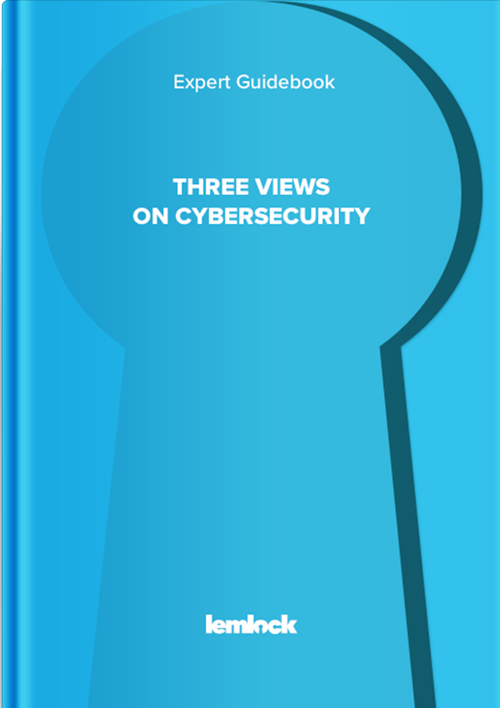Network security is an absolute “must have” in practically any enterprise. After all, proper network security means appropriate protection of sensitive data, which is just as important from the point of view of the company (e.g. financial data) as of the employees and contractors (personal data). Due to this fact, it is absolutely necessary to take appropriate steps in order to secure high level of the security of the company's network and applications used.
OWASP - a few words about the organization
OWASP is a non-profit foundation whose goal is to improve the security of computer software. The core of OWASP's activities are educational activities in the field of network security, which results, among others, in OWASP Top 10 - a document which identifies the areas generating the greatest threats to the security of network applications.
All enterprises should get familiar with the OWASP arrangements and take measures to minimize the risk level in the Internet applications used, for example with the help of appropriate tools.
10 types of dangers according to OWASP
An in-depth analysis of areas that pose a particular threat to the security of Internet applications may be complicated, and sometimes even impossible without a dedicated tool such as Skanner Lemlock. Below, there are the top 10 web application security risks according to OWASP:
- Injection - they concern, among others, application in SQL. This type of threat appears when malicious data gains unauthorized access to our system.
- Broken Authentication and Session Management - the malfunction of the data authentication functions enables the attacker to break security barriers (e.g. access passwords) and get to sensitive data.
- Sensitive Data Exposure - an attacker can take over sensitive personal data that aren'tadequately protected by web applications, e.g. during exchange with a browser.
- XML External Entitles - The use of misconfigured processors can lead to exposure to external attacks exposing vulnerable enterprise files.
- Broken Access Control, defective access control occurs when the rights of authenticated users are not clearly specified. When it happens, attackers are able to gain access to unauthorized system functions.
- Security Misconfiguration - this is a common problem and results, for example, from the use of error messages that contain confidential information in their content, thanks to which the attacker gains access to the system.
- Cross-Site Scripting (XSS) when a web application contains untrusted data on its site (or the data is updated inappropriately).
- Insecure Deserialization - insecure deserialization can give the attacker permission to change the application code and the possibility of injection attacks.
- Using Components With Known Vulnerabilities - the use of components (libraries, frameworks) that have security holes is also a potential threat area. Such action may lead to data loss or even loss of control over the server.
- Insufficient Logging & Monitoring - this problem makes it impossible to adapt system protection to new types of threats.
Scanner Lemlock - in defense of the inviolability of the application
In order to analyze the above areas, it is worth using specialized software. Such applications include Scanner Lemlock, which allows for comprehensive verification of the security level of a given web application and identification of security gaps. Undoubtedly, one of the advantages of the scanner is its intuitive operation and quick operation - thanks to built-in algorithms, the program performs the test without user intervention.
So to summarize...
Maintaining an appropriate level of security is important - the number of hacker attacks has increased significantly in recent years, and cybercriminals are constantly looking for new ways to breach security. Therefore, the use of an application that is not only effective, but also easy to use and allows you to focus on key business areas, is crucial. After you've finished the test, you will receive a report containing not only a list of detected security holes, but also suggestions for solutions that will allow you to eliminate the vulnerability. In addition, the test result will be provided using the highest confidentiality standards, which minimizes the risk of leakage of the report. Solutions based on automatic tests are gaining popularity year by year. It is worth going for Skanner Lemlock to find out that a reliable application security scanning tool is within your reach!








Let's stay in contact